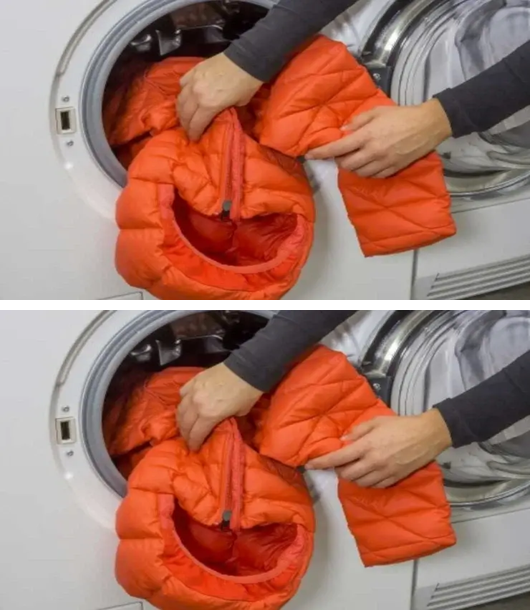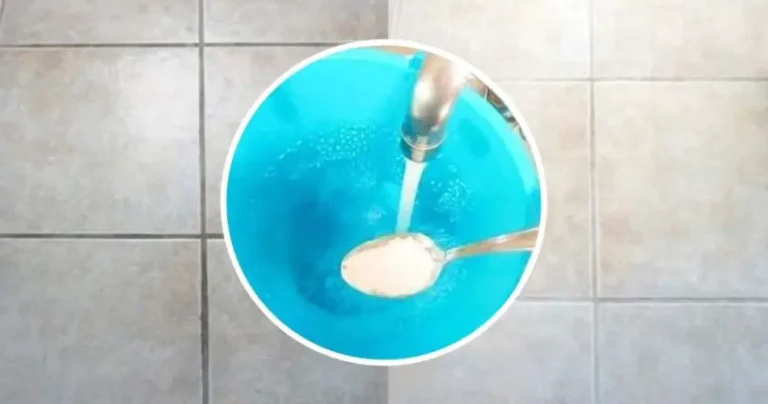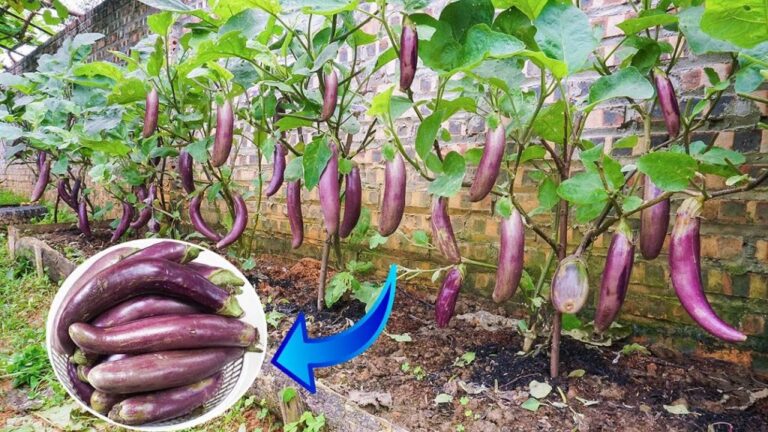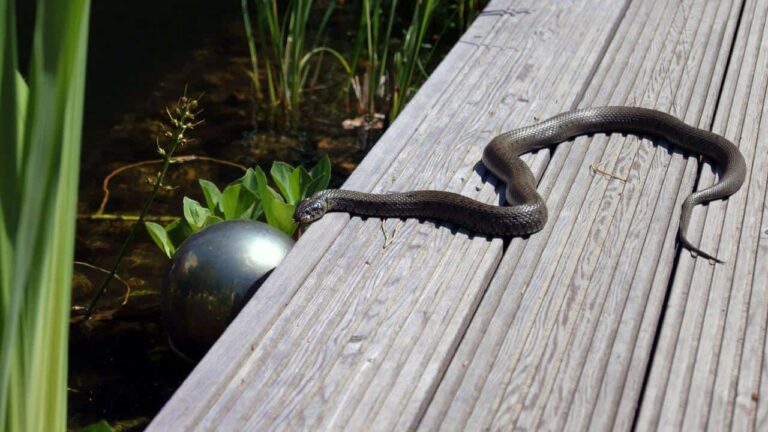Never throw away this part of the banana: Here’s why it’s valuable in the home
Bananas, with their sweet flavor and health benefits, such as rich potassium content, are a favorite in many families. While the inside of the fruit is enjoyed, the peels, especially the hard ends, often end up in the trash. However, these discarded parts hide a surprising secret that can transform our approach to gardening.
Varieties of bananas:
Most people are used to the classic yellow banana, but there are different types of bananas. Some have a hint of vanilla due to the ripening process, while others, like red bananas, are sweeter. Despite these differences, all banana peels have an intrinsic value that is being rediscovered by home gardeners.
The power of banana peel fertilizers:
The magic lies not only in the peel, but above all in the stiff end. Here’s the process and why it’s gaining attention:
- Drying process : There have been videos circulating online explaining that, after peeling the banana, this stiff end must be saved and left to dry. Before placing it under the sun, it is advisable to open the stem into slices, revealing the fibers inside. Once exposed to the sun for a few hours, these dried banana fibers become a powerful resource for our plants.
- Direct Application : Dried banana fibers, rich in essential nutrients, can be integrated directly into potting soil or sprinkled on flowerbeds. They serve as an exceptional natural fertilizer, ensuring that plants receive not only water but also the inherent properties of banana fibers. This double nourishment ensures that the plants grow robust and lively.
- Ecological approach : The use of all parts of the banana tree, especially the peels, promotes sustainable and ecological gardening. It is a practice that reduces waste and offers an organic and economical solution for nourishing plants.
By harnessing the potential of banana peels, especially the stiff ends, gardening enthusiasts can embark on a journey towards greener and more sustainable gardening. It’s a simple gesture that has profound implications for our plants and the environment.






